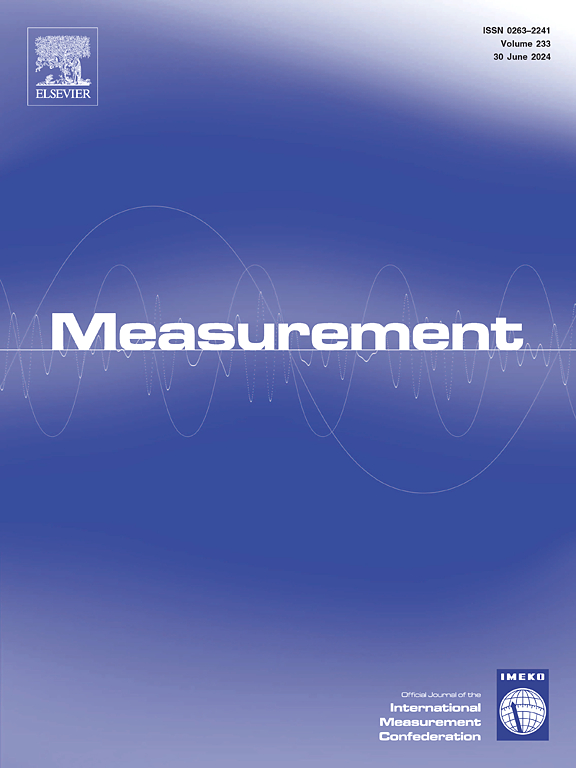Robust ELM-PID tracing control on autonomous mobile robot via transformer-based pavement crack segmentation
IF 5.2
2区 工程技术
Q1 ENGINEERING, MULTIDISCIPLINARY
引用次数: 0
Abstract
Pavement crack tracing is paramount to missions encompassing automated crack sealing for road maintenance. However, existing methods still face several challenges, including the incapability to precisely extract crack trajectories and the challenge of tuning control parameters within intricate backgrounds. To address these limitations, the ViT-S2T network and the ELM-PID control system are proposed for crack tracing. Specifically, the ViT-S2T consists of two branches. The transformer-based feature extraction module (TFEM) integrates multi-head attention mechanism and multi-layer perceptron to capture global contextual crack semantic features. The incoherent segmentation masks (ISM) employs a binary classifier to predict the coarsest irrelevant mask and further performs up-sampling fusion of higher-resolution features. Moreover, the Neural-PID control method is designed to track crack trajectories, combining Extreme Learning Machines (ELM) and Proportional Integral Derivative (PID). The ELM-PID controller utilizes a three-layer backpropagation neural network and proposes the ELM model for adaptive adjustment by predicting the tuning parameters of PID. This framework is applied to real-time visual tracing for edge AI. Extensive tests performed on three arduous datasets of DeepCrack, CFD, and S2TCrack, achieving a precision of 82.76% and [email protected] of 75.63% and speed of 0.0513 m/s, demonstrating the superior and robust nature of our approach in pavement crack tracing.
通过基于变压器的路面裂缝分割,对自主移动机器人进行稳健的 ELM-PID 跟踪控制
路面裂缝追踪对于道路养护中的自动裂缝密封任务至关重要。然而,现有的方法仍面临一些挑战,包括无法精确提取裂缝轨迹,以及在复杂背景下调整控制参数的难题。为了解决这些局限性,我们提出了 ViT-S2T 网络和 ELM-PID 控制系统用于裂缝追踪。具体来说,ViT-S2T 由两个分支组成。基于变压器的特征提取模块(TFEM)集成了多头注意机制和多层感知器,以捕捉全局上下文裂纹语义特征。不连贯分割掩码(ISM)采用二元分类器预测最粗略的不相关掩码,并进一步对高分辨率特征进行上采样融合。此外,还设计了神经-PID 控制方法,结合极限学习机 (ELM) 和比例积分微分 (PID),跟踪裂纹轨迹。ELM-PID 控制器利用三层反向传播神经网络,通过预测 PID 的调整参数,提出 ELM 模型进行自适应调整。该框架被应用于边缘人工智能的实时视觉跟踪。在DeepCrack、CFD和S2TCrack三个艰苦的数据集上进行了广泛的测试,精度达到82.76%,[email protected]精度达到75.63%,速度达到0.0513 m/s,证明了我们的方法在路面裂缝追踪中的优越性和鲁棒性。
本文章由计算机程序翻译,如有差异,请以英文原文为准。
求助全文
约1分钟内获得全文
求助全文
来源期刊

Measurement
工程技术-工程:综合
CiteScore
10.20
自引率
12.50%
发文量
1589
审稿时长
12.1 months
期刊介绍:
Contributions are invited on novel achievements in all fields of measurement and instrumentation science and technology. Authors are encouraged to submit novel material, whose ultimate goal is an advancement in the state of the art of: measurement and metrology fundamentals, sensors, measurement instruments, measurement and estimation techniques, measurement data processing and fusion algorithms, evaluation procedures and methodologies for plants and industrial processes, performance analysis of systems, processes and algorithms, mathematical models for measurement-oriented purposes, distributed measurement systems in a connected world.
 求助内容:
求助内容: 应助结果提醒方式:
应助结果提醒方式:


